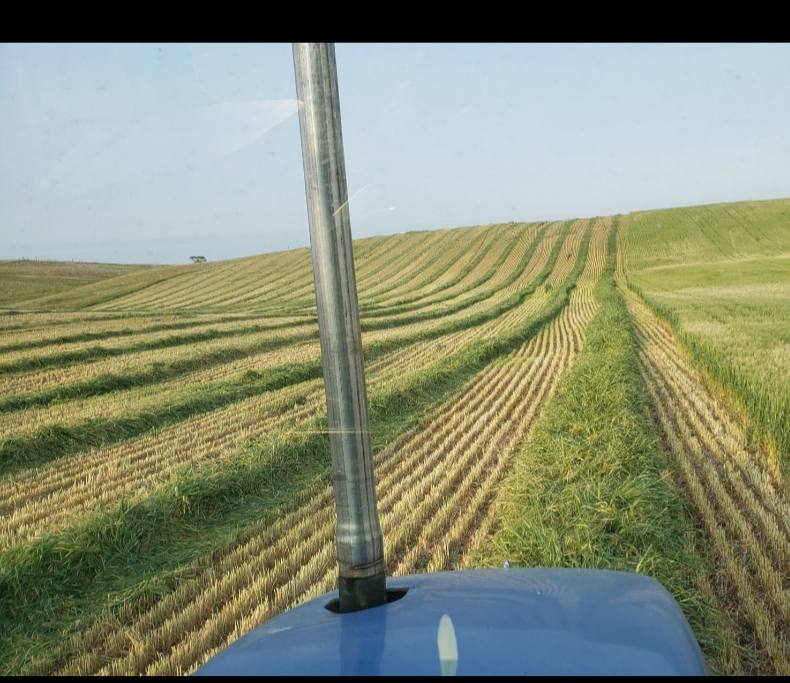I have been buying hay to feed my 100 cows and there is no profit left. Either have to get out of cows or find cheaper feed. Green feed looks good, but requires a haybine to dry it and needs to be baled in the middle of grain harvest, as rain will damage the swath.
Thinking that perhaps seeding barley and then spray it with roundup at the soft dough stage and let it dry standing and then bale during a break during grain harvest. Can use my swather to cut it, which I have and rain at harvest is not going to hurt it as much as greed feed in a swath.
Don't see anyone using yellow feed. Does it work? I assume that if it is yellow, that it has lost all the vitamins and would need a lick tub to supplement the vitamins.
Green feed or yellow feed look to be a much cheaper way to winter feed cows and perhaps have some profit left in my cows.
Thinking that perhaps seeding barley and then spray it with roundup at the soft dough stage and let it dry standing and then bale during a break during grain harvest. Can use my swather to cut it, which I have and rain at harvest is not going to hurt it as much as greed feed in a swath.
Don't see anyone using yellow feed. Does it work? I assume that if it is yellow, that it has lost all the vitamins and would need a lick tub to supplement the vitamins.
Green feed or yellow feed look to be a much cheaper way to winter feed cows and perhaps have some profit left in my cows.

Comment